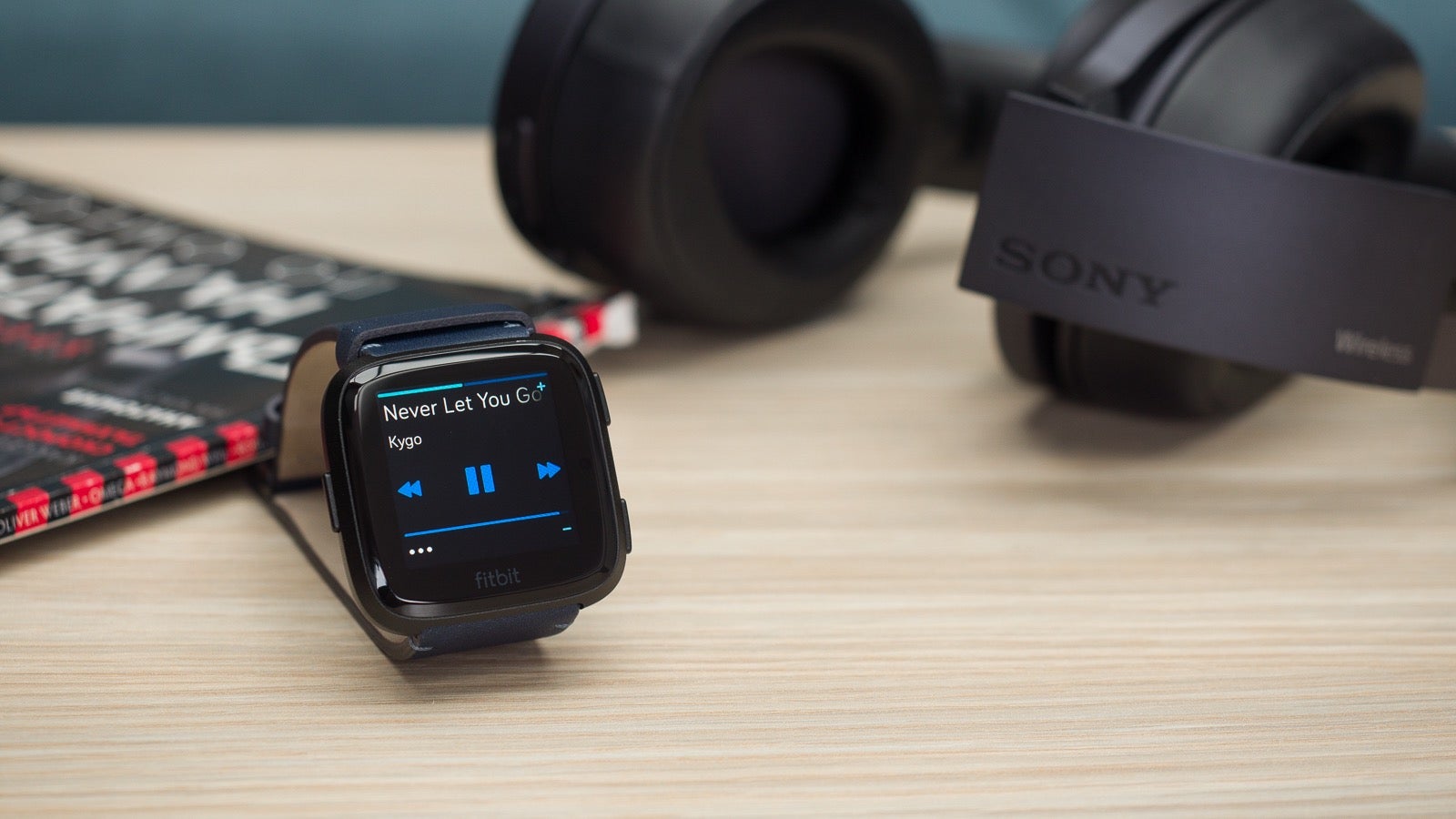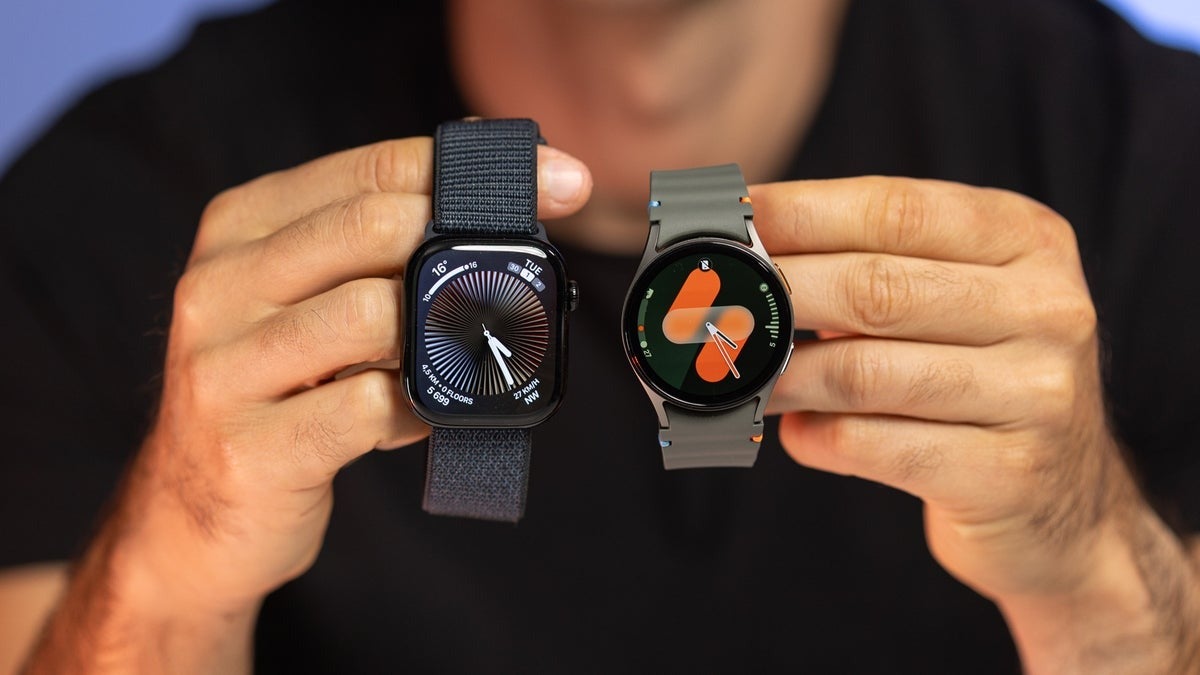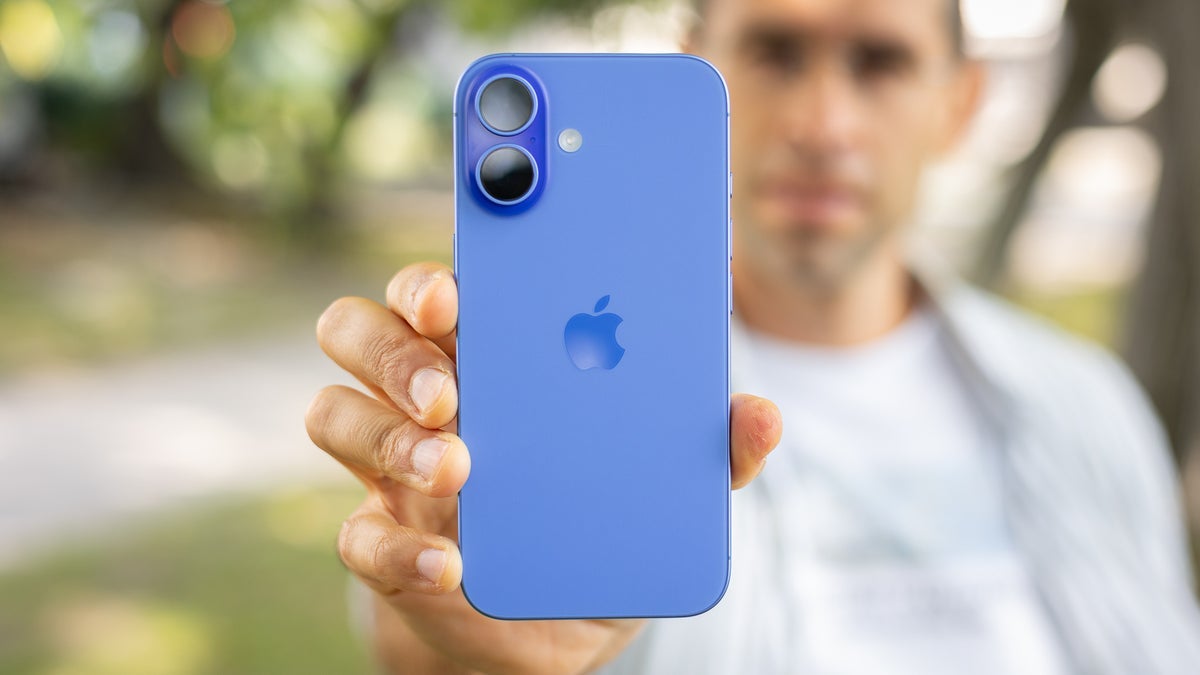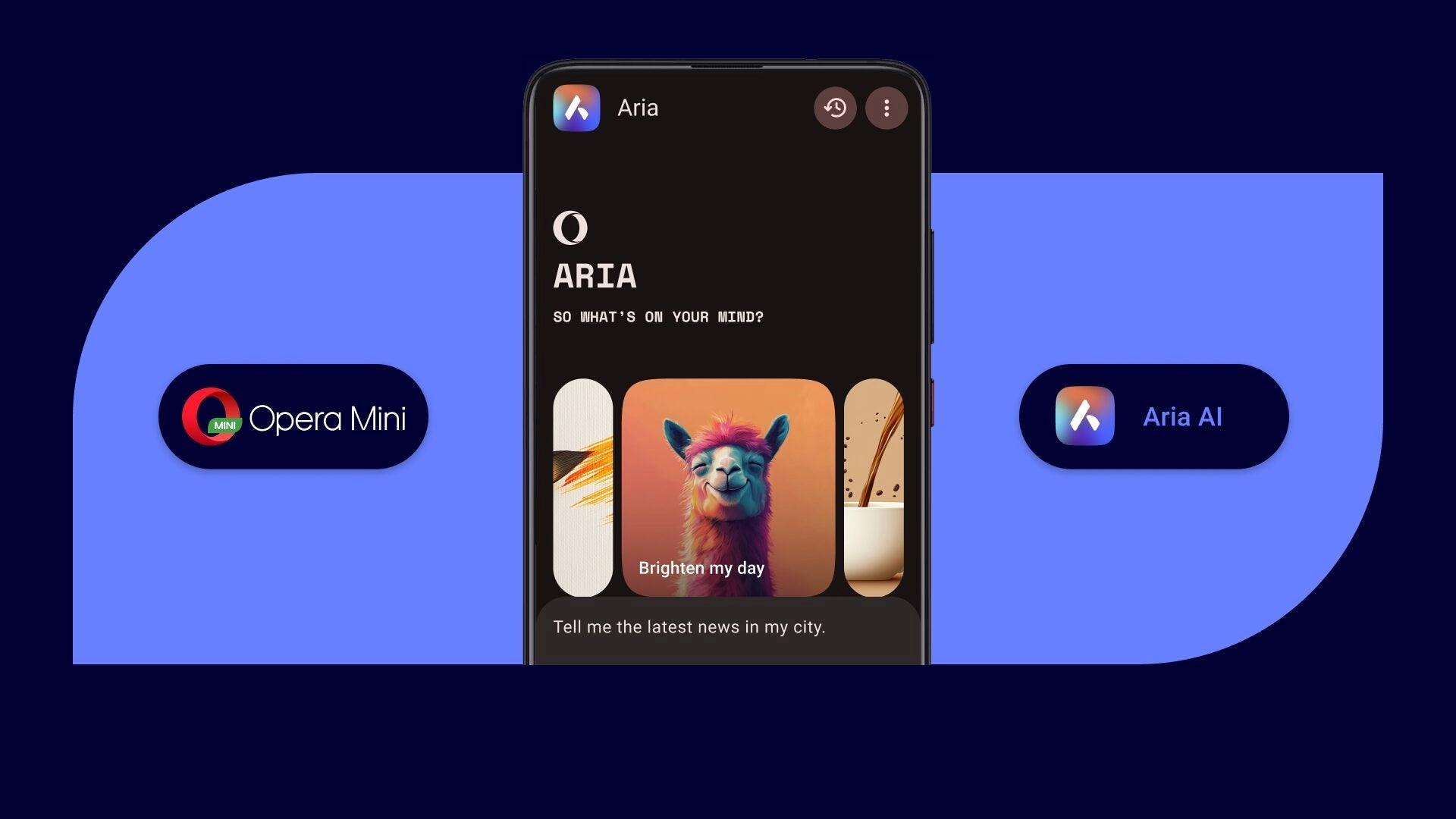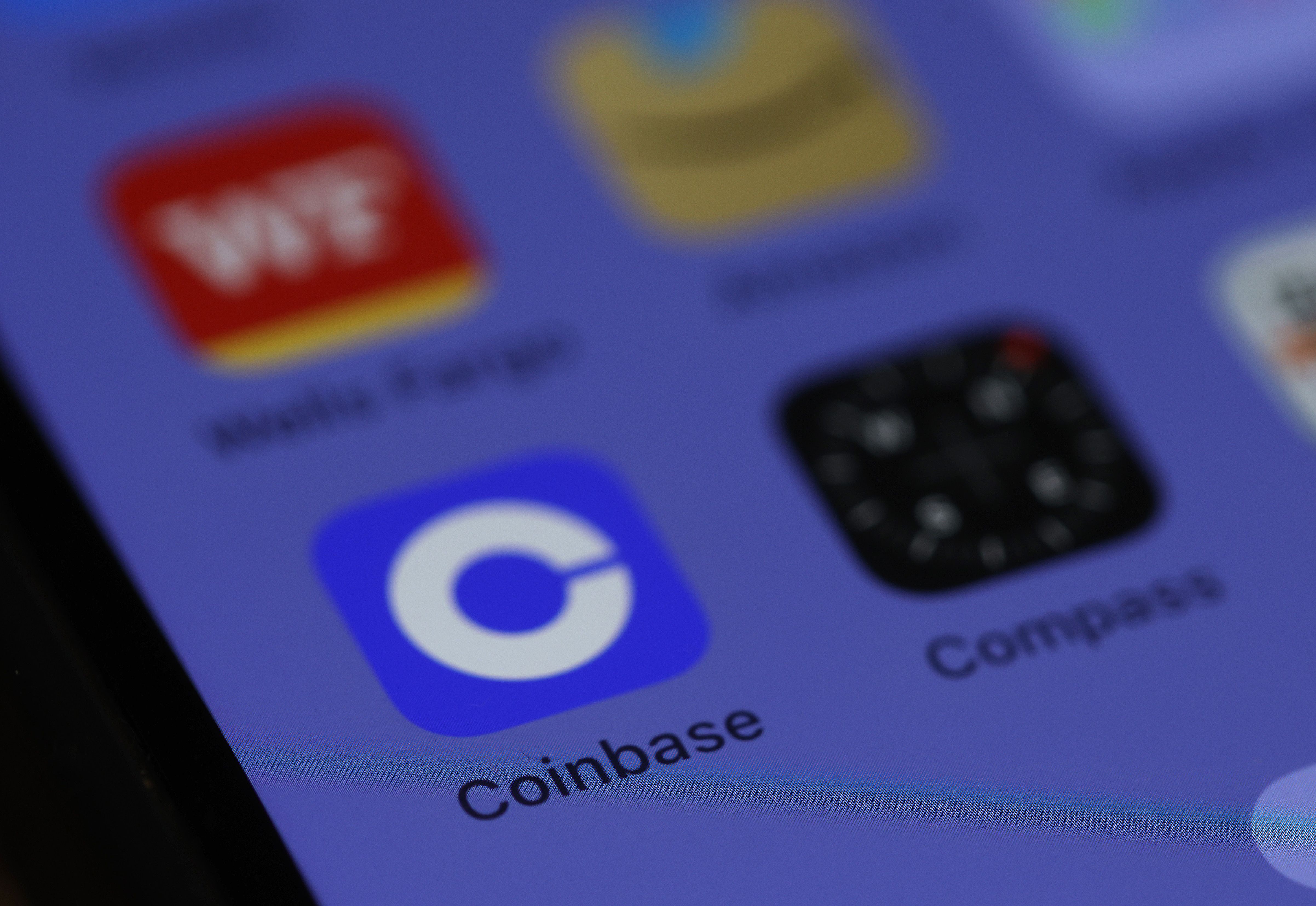Women’s sports are not just a DEI play
The Fast Company Impact Council is an invitation-only membership community of leaders, experts, executives, and entrepreneurs who share their insights with our audience. Members pay annual dues for access to peer learning, thought leadership opportunities, events and more. In today’s shifting political and economic climate, companies are reassessing their commitments to diversity, equity, and inclusion (DEI). Many are pulling back, and in the process, investments in women’s sports—often lumped into DEI initiatives—are being questioned. But treating women’s sports as merely a diversity play misses the mark. This isn’t just about fairness; it’s about smart business and impactful marketing. If companies aren’t scaling back their investments in men’s sports, why on earth would they waver on women’s? The numbers tell a compelling story: Investing in women’s sports delivers strong returns, unlocks valuable new markets, and fosters deep brand loyalty. Simply put, this is a high-growth business opportunity that brands can’t afford to ignore. Audience growth and engagement: A market on fire Women’s sports are experiencing a dramatic surge in audience engagement. This season, NCAA women’s basketball games have drawn record-breaking TV viewership. In only its second season, the Professional Women’s Hockey League (PWHL) has sold out arenas in multiple cities. Unrivaled, the player-founded 3×3 basketball league is attracting serious attention. New leagues in the next wave of sports like volleyball, rugby, and softball are gaining traction and attracting record audiences and investment, proving that the appetite for women’s sports extends far beyond traditional powerhouses like soccer and basketball. Brands that once hesitated to invest in women’s sports are now seeing undeniable evidence of their potential: Ad spending on women’s sports doubled in 2024 alone. Viewership is only part of the story. Fans are showing up in record numbers. The National Women’s Soccer league (NWSL) set an attendance record in 2024, crossing the 2 million attendee mark for the first time ever and enjoying a 44% increase over 2023, and WNBA teams are seeing unprecedented ticket demand—with new franchise the Golden State Valkyries securing 20,000 season ticket deposits months ahead of its inaugural season. Digital engagement is booming, with social media interactions around women’s sports stars rivaling, and in some cases exceeding, those of their male counterparts. In other words, the audience is not just present—they’re deeply engaged, captivated by the athletes, and hungry for more content. Brands that invest now will build meaningful connections with this fast-growing fan base. Numbers don’t lie The financial case for investing in women’s sports is equally compelling. Sponsorship dollars and media rights valuations are climbing, yet many assets remain undervalued. Brands that have made early, meaningful commitments—Nike, Ally Financial, Gainbridge, e.l.f. Beauty—are already reaping the benefits. They’re not just seeing strong returns; they’re earning consumer goodwill that translates to long-term brand affinity and loyalty. Previous Parity research has proven that women athletes hold significantly more sway than other public figures, making them a powerful marketing force. Case in point: Women’s sports fans are 2.8 times more likely to buy a product or service recommended by a woman athlete than by any other kind of influencer. Despite rising values, women’s sports still offer an incredible arbitrage opportunity. Consider this: a $20,000 sponsorship in women’s sports can be life-changing for many professional female athletes, providing essential funding for training, travel, and career longevity. In contrast, that same investment in a major men’s sport may not move the needle. For brands looking to maximize impact while optimizing their budgets, women’s sports present a unique, high-value opportunity. A loyal and underserved fan base Fans of women’s sports aren’t just passive observers—they’re highly engaged, deeply loyal, and eager to support brands that support their teams and athletes. Last fall, a brand sponsor I spoke with made the same promotional offer to fans at both an NWSL game and an NHL game, two leagues where they sponsor teams. Despite the men’s hockey game having higher attendance, the offer saw a 300% higher redemption rate at the women’s soccer match. Numerous studies show that women’s sports fans have a higher propensity to recall and purchase from brands that invest in the space. Yet, compared to men’s sports, the market remains significantly under-monetized. Talk about a missed opportunity. Brands that authentically commit to women’s sports gain access to a passionate, growing audience that has been overlooked for too long. Companies that act now will build lasting loyalty among this engaged consumer base. Women’s sports should be a core investment, not a side initiativ

The Fast Company Impact Council is an invitation-only membership community of leaders, experts, executives, and entrepreneurs who share their insights with our audience. Members pay annual dues for access to peer learning, thought leadership opportunities, events and more.
In today’s shifting political and economic climate, companies are reassessing their commitments to diversity, equity, and inclusion (DEI). Many are pulling back, and in the process, investments in women’s sports—often lumped into DEI initiatives—are being questioned. But treating women’s sports as merely a diversity play misses the mark. This isn’t just about fairness; it’s about smart business and impactful marketing.
If companies aren’t scaling back their investments in men’s sports, why on earth would they waver on women’s? The numbers tell a compelling story: Investing in women’s sports delivers strong returns, unlocks valuable new markets, and fosters deep brand loyalty. Simply put, this is a high-growth business opportunity that brands can’t afford to ignore.
Audience growth and engagement: A market on fire
Women’s sports are experiencing a dramatic surge in audience engagement. This season, NCAA women’s basketball games have drawn record-breaking TV viewership. In only its second season, the Professional Women’s Hockey League (PWHL) has sold out arenas in multiple cities. Unrivaled, the player-founded 3×3 basketball league is attracting serious attention. New leagues in the next wave of sports like volleyball, rugby, and softball are gaining traction and attracting record audiences and investment, proving that the appetite for women’s sports extends far beyond traditional powerhouses like soccer and basketball. Brands that once hesitated to invest in women’s sports are now seeing undeniable evidence of their potential: Ad spending on women’s sports doubled in 2024 alone.
Viewership is only part of the story. Fans are showing up in record numbers. The National Women’s Soccer league (NWSL) set an attendance record in 2024, crossing the 2 million attendee mark for the first time ever and enjoying a 44% increase over 2023, and WNBA teams are seeing unprecedented ticket demand—with new franchise the Golden State Valkyries securing 20,000 season ticket deposits months ahead of its inaugural season. Digital engagement is booming, with social media interactions around women’s sports stars rivaling, and in some cases exceeding, those of their male counterparts. In other words, the audience is not just present—they’re deeply engaged, captivated by the athletes, and hungry for more content. Brands that invest now will build meaningful connections with this fast-growing fan base.
Numbers don’t lie
The financial case for investing in women’s sports is equally compelling. Sponsorship dollars and media rights valuations are climbing, yet many assets remain undervalued. Brands that have made early, meaningful commitments—Nike, Ally Financial, Gainbridge, e.l.f. Beauty—are already reaping the benefits. They’re not just seeing strong returns; they’re earning consumer goodwill that translates to long-term brand affinity and loyalty. Previous Parity research has proven that women athletes hold significantly more sway than other public figures, making them a powerful marketing force. Case in point: Women’s sports fans are 2.8 times more likely to buy a product or service recommended by a woman athlete than by any other kind of influencer.
Despite rising values, women’s sports still offer an incredible arbitrage opportunity. Consider this: a $20,000 sponsorship in women’s sports can be life-changing for many professional female athletes, providing essential funding for training, travel, and career longevity. In contrast, that same investment in a major men’s sport may not move the needle. For brands looking to maximize impact while optimizing their budgets, women’s sports present a unique, high-value opportunity.
A loyal and underserved fan base
Fans of women’s sports aren’t just passive observers—they’re highly engaged, deeply loyal, and eager to support brands that support their teams and athletes. Last fall, a brand sponsor I spoke with made the same promotional offer to fans at both an NWSL game and an NHL game, two leagues where they sponsor teams. Despite the men’s hockey game having higher attendance, the offer saw a 300% higher redemption rate at the women’s soccer match. Numerous studies show that women’s sports fans have a higher propensity to recall and purchase from brands that invest in the space. Yet, compared to men’s sports, the market remains significantly under-monetized.
Talk about a missed opportunity. Brands that authentically commit to women’s sports gain access to a passionate, growing audience that has been overlooked for too long. Companies that act now will build lasting loyalty among this engaged consumer base.
Women’s sports should be a core investment, not a side initiative
There’s a fundamental question brands need to ask themselves: If they aren’t pulling back on men’s sports, why should they pull back on women’s? The truth is, sports—whether men’s or women’s—drive culture, commerce, and community. Investments in women’s sports should not be framed as philanthropy or secondary initiatives; they are an essential and lucrative part of a brand’s sports marketing portfolio.
History has shown that sports have the power to shape cultural narratives and influence consumer behavior. Women’s sports are no exception. The brands that treat women’s sports as core investments, rather than side projects, will see the benefits from increased visibility, consumer trust, and revenue.
The risk of falling behind
Brands that retreat from women’s sports now risk losing their early-mover advantage. Momentum is building, and consumers are taking notice of which companies are committed for the long haul. In fact, 50% of U.S. adults believe brands aren’t investing enough in women’s sports. Companies that scale back now may struggle to regain credibility with fans and athletes alike.
Savvy brands recognize this moment as an inflection point—a chance to deepen, not reduce, their investment. Those that stay the course and work to balance historically male-dominated partnership portfolios will not only contribute to the continued growth of women’s sports but will also solidify their position as industry leaders in a rapidly expanding and lucrative market.
Leela Srinivasan is the CEO of Parity.







































































































































































![[The AI Show Episode 144]: ChatGPT’s New Memory, Shopify CEO’s Leaked “AI First” Memo, Google Cloud Next Releases, o3 and o4-mini Coming Soon & Llama 4’s Rocky Launch](https://www.marketingaiinstitute.com/hubfs/ep%20144%20cover.png)














































































































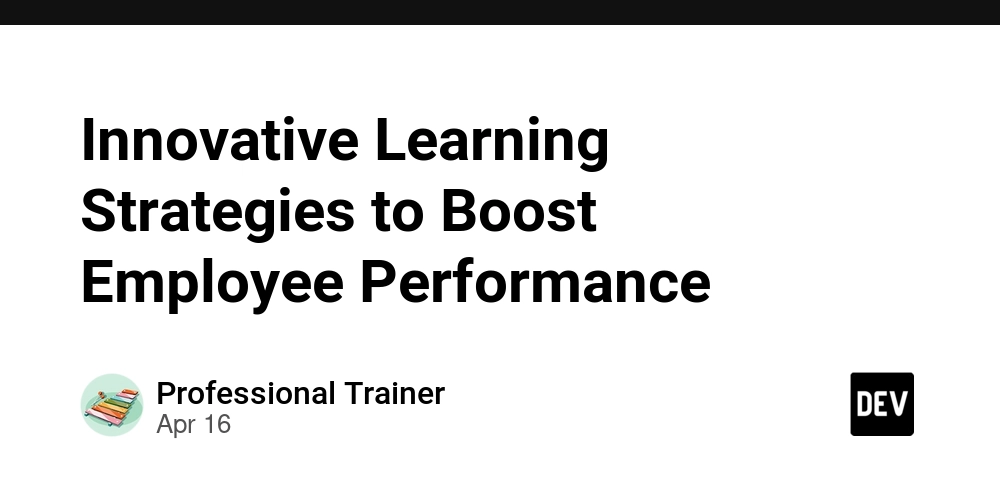





















































































![Blue Archive tier list [April 2025]](https://media.pocketgamer.com/artwork/na-33404-1636469504/blue-archive-screenshot-2.jpg?#)





















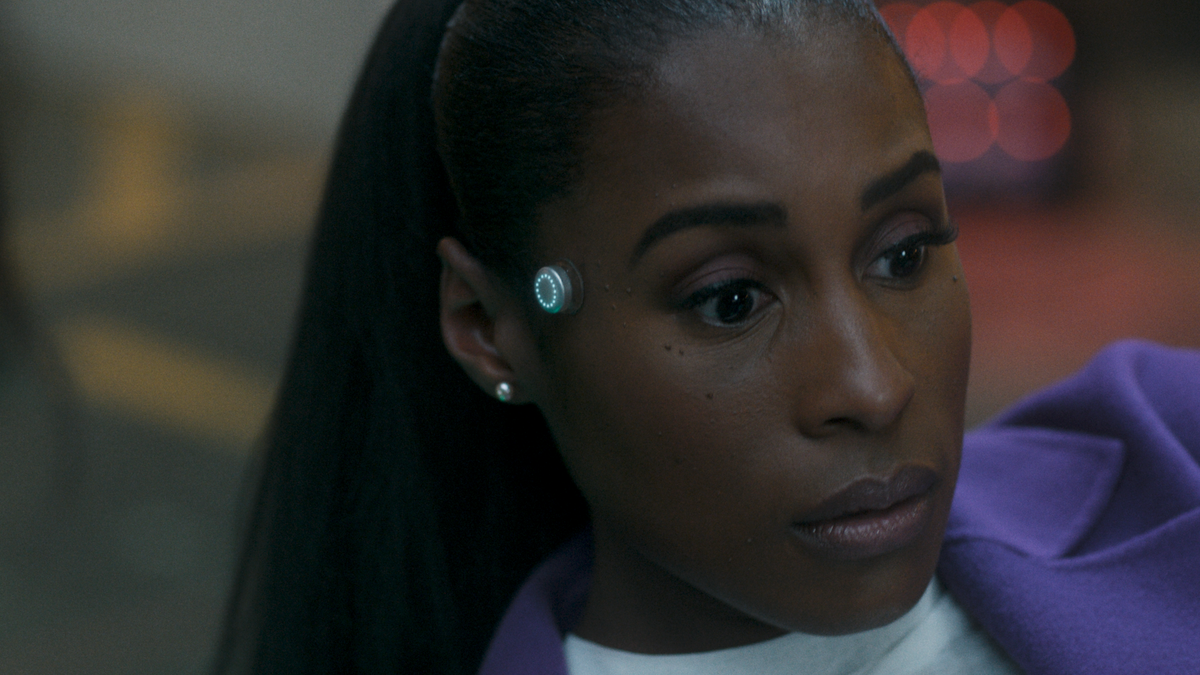












.png?#)



























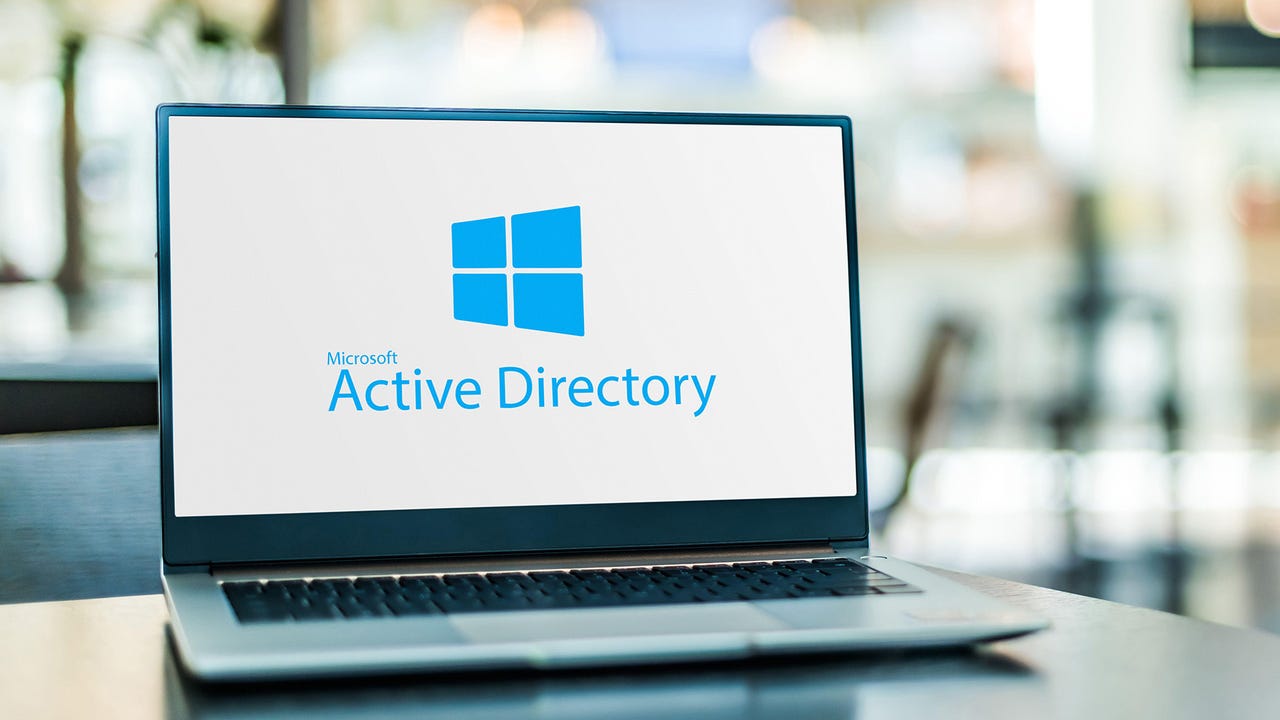






.webp?#)












































































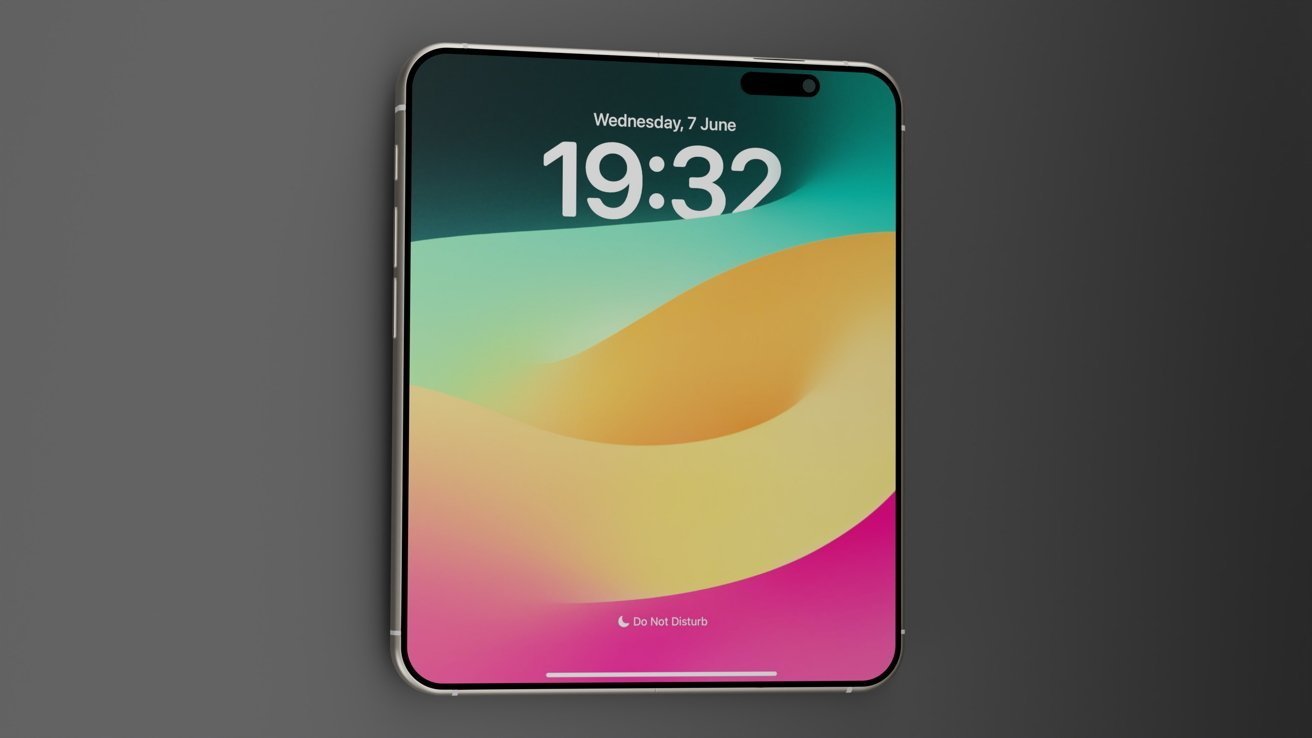









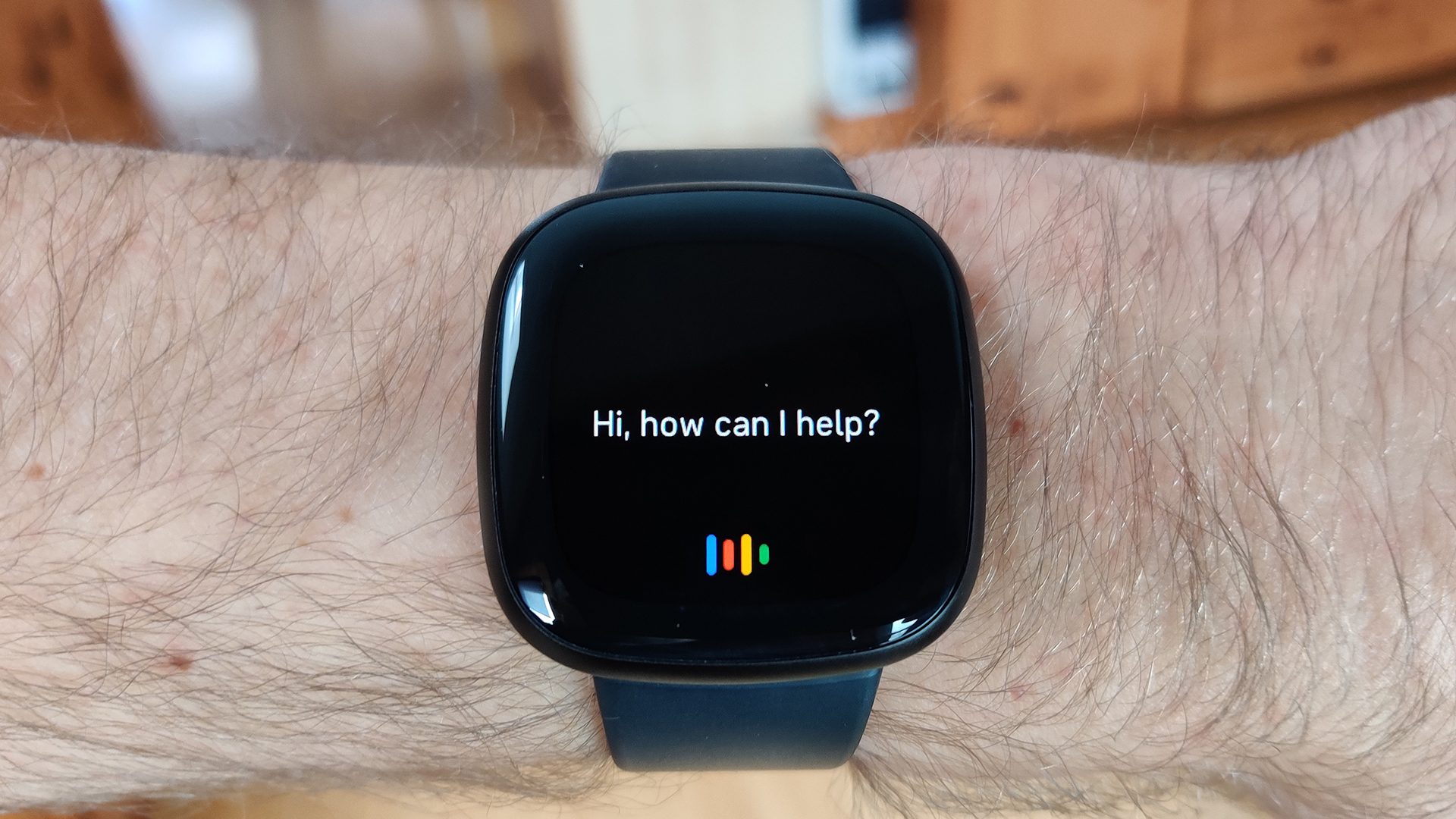
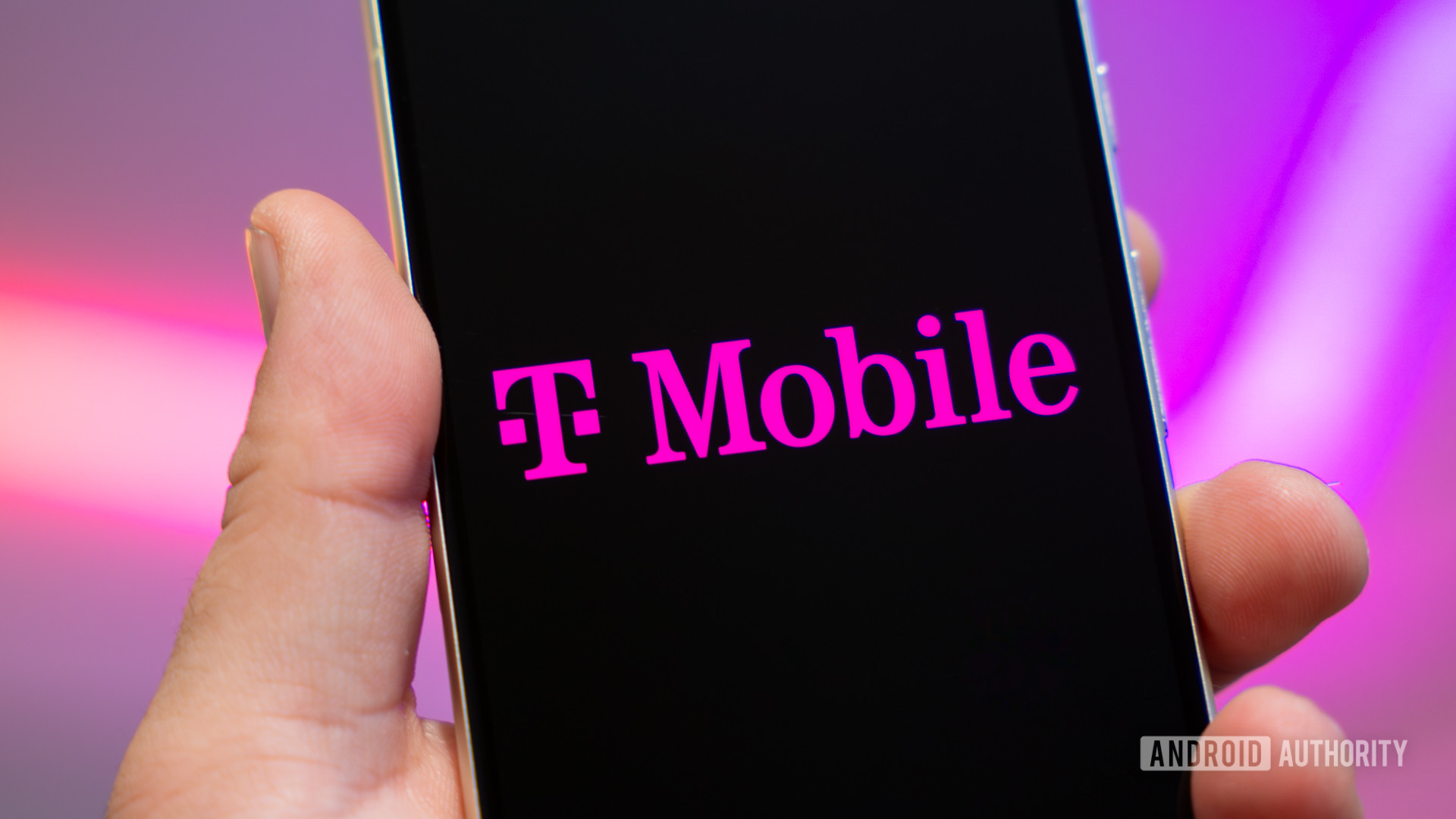




![[Update: Optional] Google rolling out auto-restart security feature to Android](https://i0.wp.com/9to5google.com/wp-content/uploads/sites/4/2025/01/google-play-services-2.jpg?resize=1200%2C628&quality=82&strip=all&ssl=1)

















![Apple to Split Enterprise and Western Europe Roles as VP Exits [Report]](https://www.iclarified.com/images/news/97032/97032/97032-640.jpg)
![Nanoleaf Announces New Pegboard Desk Dock With Dual-Sided Lighting [Video]](https://www.iclarified.com/images/news/97030/97030/97030-640.jpg)










































![Security Database Used by Apple Goes Independent After Funding Cut [Updated]](https://images.macrumors.com/t/FWFeAmxnHKf7vkk_MCBh9TcNMVg=/1600x/article-new/2023/05/bug-security-vulnerability-issue-fix-larry.jpg)




